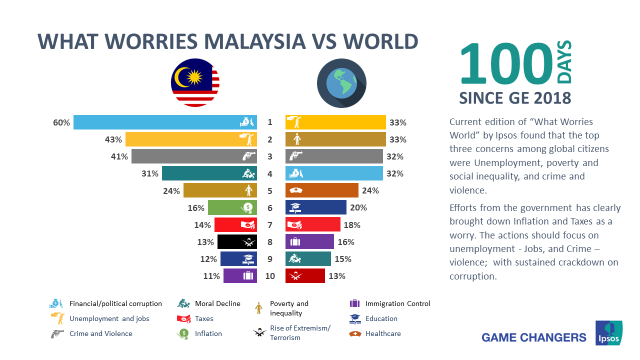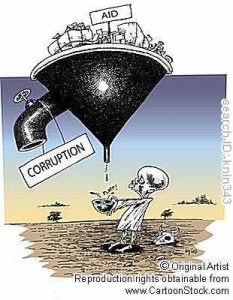Languages Spoken in Nepal
Nepal has a diverse range of languages spoken in their country. Due to the vast differences amongst various cultures in Nepal, the languages spoken there come from individual ethnic groups that have been founded in Nepal. According to the Census Bureau of Statistics, there are ten top mother tongue languages spoken in Nepal. These languages include; Urdu, Doteli, Magar, Bajjika, Newar, Tamang, Tharu, Bhojpuri, Maithili, and Nepali. Even those these langauges are the most popular in Nepal, there are of 126 other languages spoken in the country (Languages of Nepal). However, despite the various languages spoken in Nepal, Nepali is the official language of the country. The Nepali language was previously known as the, “Parbate Bhasa” or “Gorkhali”. This language can also be seen spoken in parts of Northern India. The Nepali language is also the official language of the Indian state of Sikkim (World Atlas). As far as the indigenous languages spoken in Nepal, historically, they have been known to have undergone major discrimination and “systematic government coercion” (Oli, 2006). Indigenous languages like ” Dura”, formerly spoken in the Lamjung District have already gone extinct. However, in order to prevent more use of mother languages spoken in Nepal, the government made provisions to their 1990 Constitution, allowing the right to preserve and promote different mother languages through scripture and education.

Membership of Nepal in the WTO
Nepal has been a member of the WTO (World Trade Organization) since April 23, 2004. Their role in the WTO has transformed the climate of the country drastically. The intention of this change was to move forward with the overall global economic development in the country. However, is was not necessarily a choice Nepal was able to make but rather a necessity and requirement to ensure their economy and trade flow was running more smoothly. This change has effected the society in Nepal when it comes to their traditional customs and educational outlook. As far as the GINI coeffeciency, “which measures the extent to which distribution of income (or, in some cases, consumption expenditure) among individuals or households within an economy deviates from a perfectly equal distribution” (World Bank), the most recent report in 2010 from World Back indicated that the index was at 32.800%. Depending on interpretation, this means that there is an unequal distribution of income and wealth in Nepal. This issue could be caused by various different outlets, but overall comes down to the lack of modernization in the country and change of political climate over the years. The current GDP (Gross Domestic Product) ranking in Nepal is expected to be 25.10 billion by the end of 2019, having reached 6% since last year.
Major Concern in Nepal

On Monday, February 4th, a Nepalese woman died due to the harsh conditions of being forced to reside in a “menstrual hut”. According to Al Jazeera, the 21 year old woman, Parbati Bogati, suffocated from the fire she initiated in order to keep her body warm. The banishing of women into menstrual huts is a Hindu tradition that was banned in Nepal in 2015. This tradition was started on the idea that women are undesirable when going through their menstruation and after childbirth (Al Jazeera, 2019). Despite this law becoming illegal, it is still being practiced in the Western region of Nepal. Government legislators came together after the incident to report the urgent need in emphasizing banned laws and a change of the societal norms in Nepal.
Sources
Dahal, K. (2008). Nepalese woman dies after banishment to shed during menstruation. Bmj,337(Nov14 2). doi:10.1136/bmj.a2520Languages of Nepal: How many languages are spoken in Nepal? (n.d.). Retrieved from https://www.expeditionsnepal.com/languages-of-nepal/
Nepal Monitor: The National Online Journal. (n.d.). Retrieved from http://www.nepalmonitor.com/2006/08/preserving_the_indigenous_lang.html
Rajbhandari, S. (2005). Figure 2f from: Irimia R, Gottschling M (2016) Taxonomic revision of Rochefortia Sw. (Ehretiaceae, Boraginales). Biodiversity Data Journal 4: E7720. https://doi.org/10.3897/BDJ.4.e7720. Inequality of Income and Wealth in Nepal,39-46. doi:10.3897/bdj.4.e7720.figure2f
Thapa, & Bikash. (2010, June 07). World Trade Organization and its Impact to Nepal. Retrieved from https://papers.ssrn.com/sol3/papers.cfm?abstract_id=1621756















